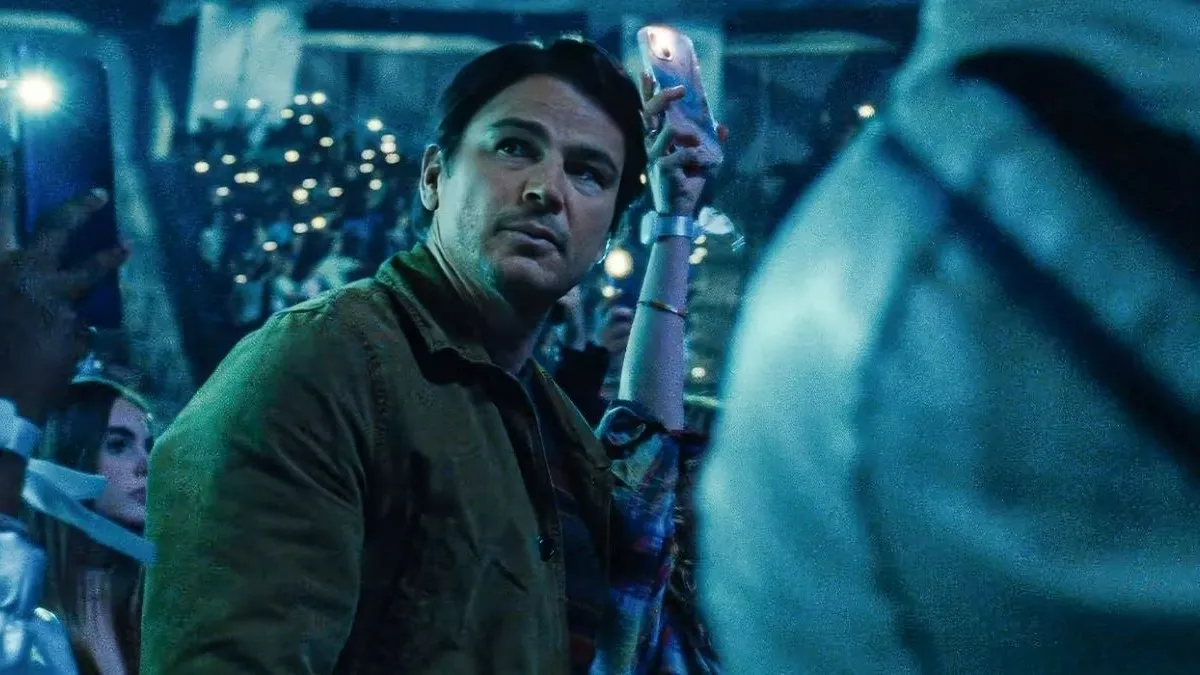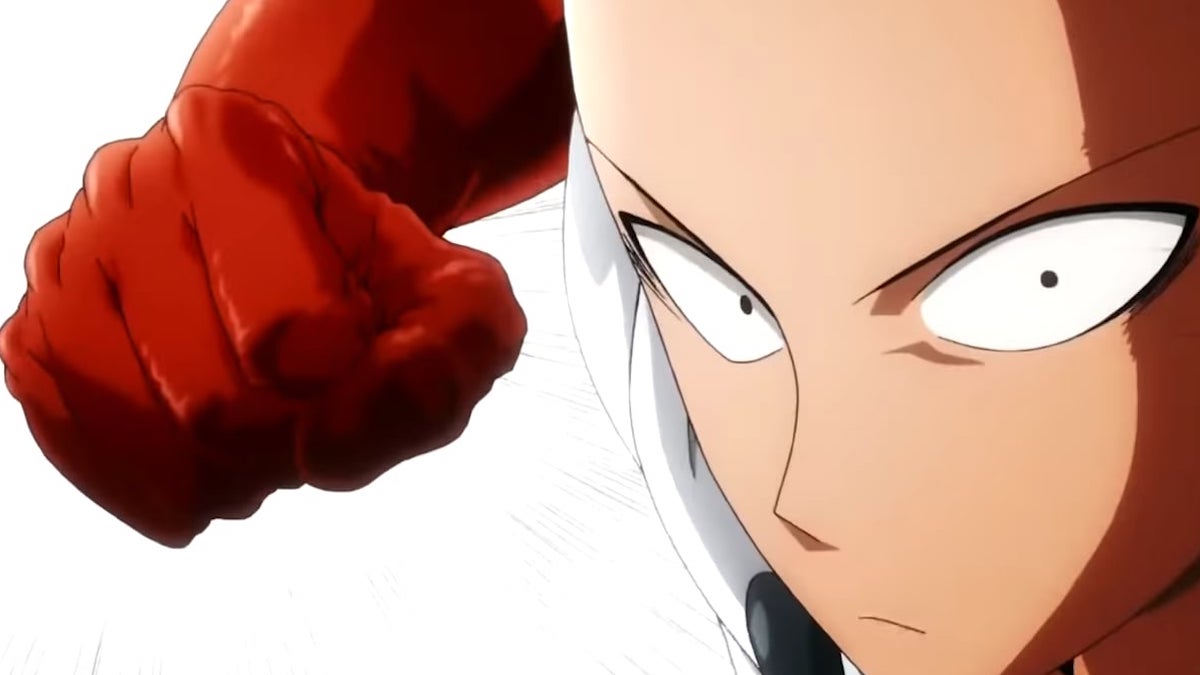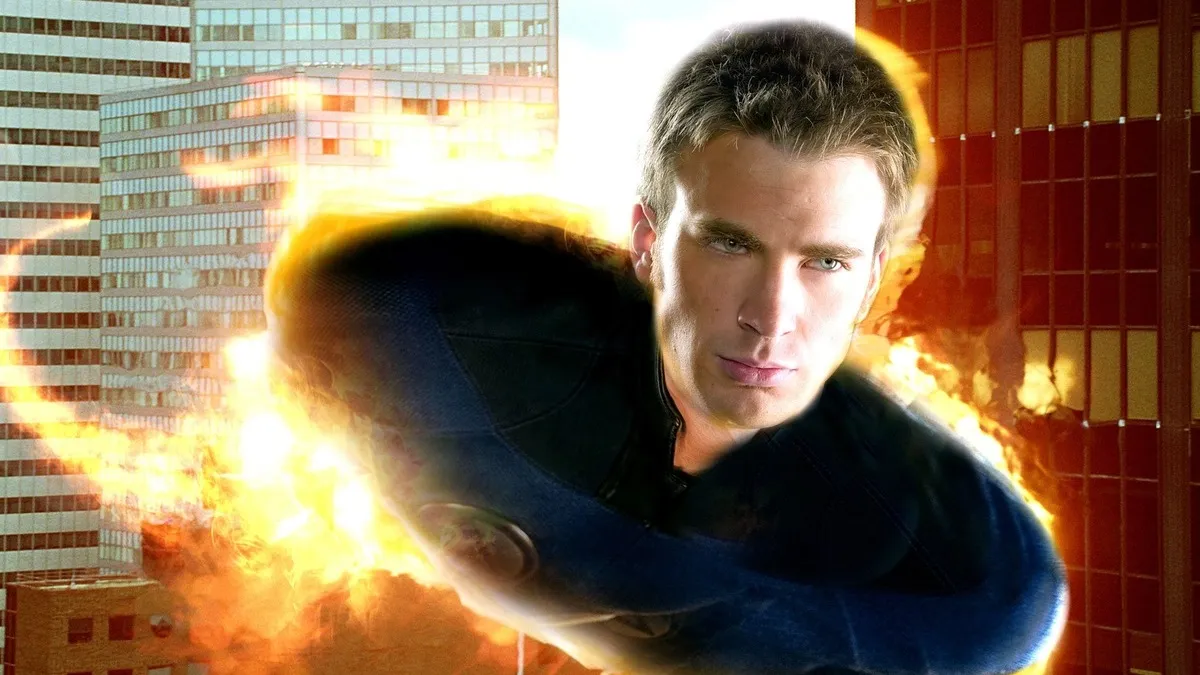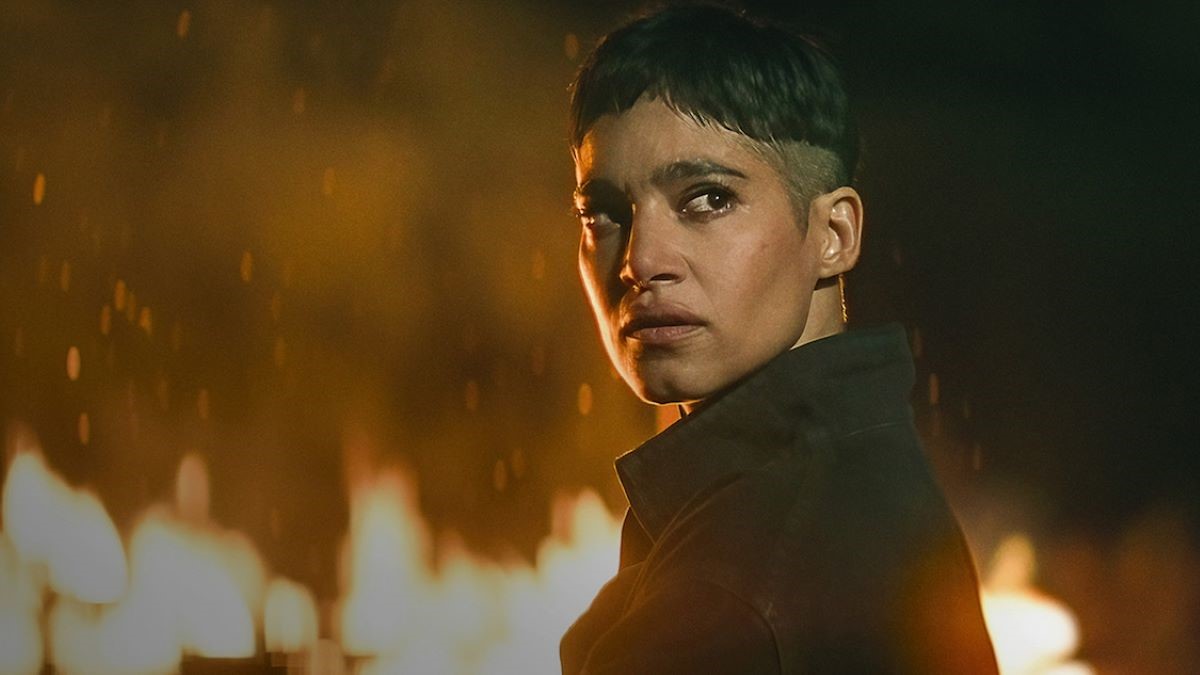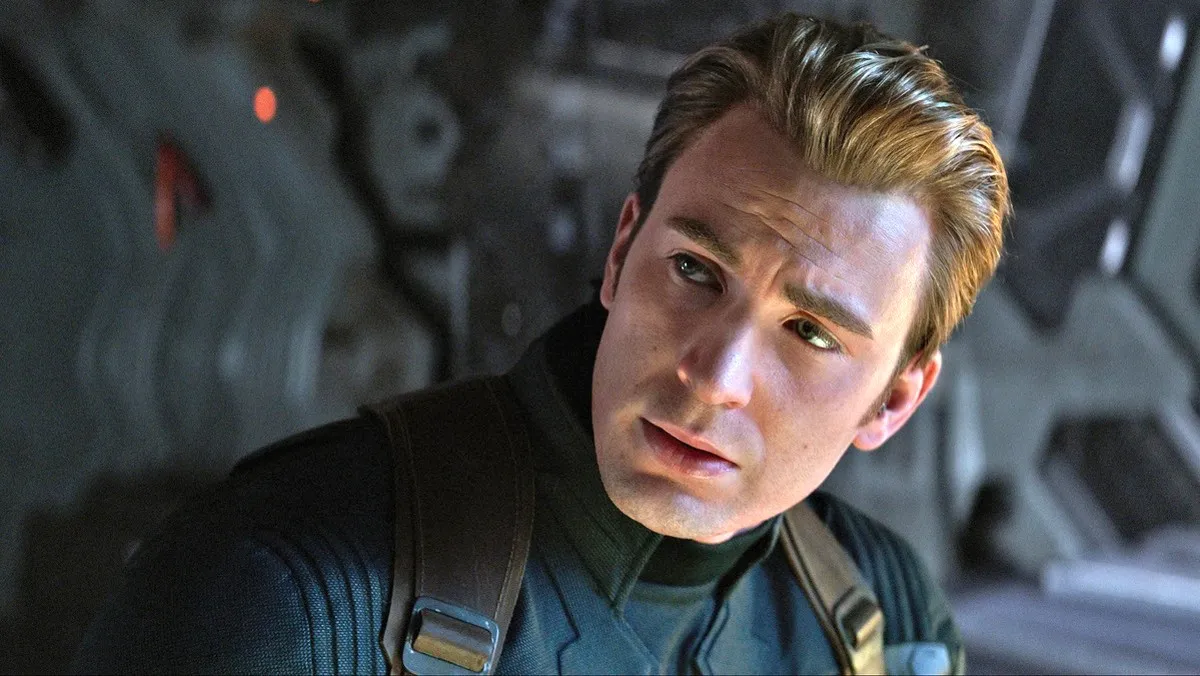With two masterful scripts secured under his belt (Sicario, Hell or High Water), Taylor Sheridan’s Wind River carried some lofty expectations heading into release, but boy does it deliver. The film represents his debut as a writer-director and perfectly captures the intense, location driven storytelling found in his previous work. It also features career best performances from both Jeremy Renner and Elizabeth Olsen.
With multiple new projects in the wings, including Soldado, a sequel to Sicario, Sheridan is quickly becoming one of the most exciting new voices in cinema and we had the chance to catch up with him last week during the film’s press day. Over the course of interview, he spoke about crafting his thematic American frontiers trilogy, the reason he didn’t direct Soldado and much more.
Check it out below, and enjoy!
I loved the tone of Wind River. The way it carries this sense of dread and then that violence cracks across the screen and takes you by surprise. How did you go about achieving that tone?
Taylor Sheridan: It was always meant to be the catharsis of the three (first two being Sicario and Hell or High Water) and yet, in a way, the most emotional and bleakest. From the minute the movie started, I wanted to establish a really slow isolating sense in the beginning interrupted by brief, very realistic bursts of violence that’s true to this world. I wanted it to start moving just like a train, which is a pretty common metaphor.
You know when you watch a train start to get going it’s not really going anywhere and then it picks up steam and there’s a violence to the locomotion. That’s what l tried to create to where by the time you come into the third act it’s twenty minutes of can’t breathe. Then you have that moment where you meet Natalie and you think you can breathe and then you realize you need to take a deep breath and hold on because it gets worse.
It was a roller coaster like a horror film, I don’t know how else to put it, and with a real point of view. There’s a real catharsis that Cory, Martin, and the rest experience. All you can do when you’re making a movie is go get all the pieces that you think you need and the tone is really established in the edit. It’s like, we’ve written this song, now we’re composing it, now we’re building it and how do I play with that pace.
Another thing that’s so great about your films is that the locations are truly their own character. What’s the process like in choosing where you set your movies?
Taylor Sheridan: If you’re in LA or New York there’s nothing natural around you. In these big urban centers, there’s such a disconnection to the planet and we talk about saving it, we talk about doing these things to protect it and help it but the people shouting about that the loudest are in a place nowhere near a natural world. It doesn’t mean that they don’t go to it but it seems like most of America has forgotten what’s just beyond a shadow of a city they live in. So it was really important to me.
When you don’t live in a city, when you do live in a remote region, then all of a sudden landscape dominates your life. What the weather does dictates your day. If you’re going to be facing blistering cold and two feet of snow you have to plan for that in a way you don’t have to plan for that in a city. You get two feet of snow in the city, school gets canceled and you wait for the snow plow to come clean the streets. If you get snowed in when you’re fifty miles in the backcountry of Wyoming, now you have to figure out how to survive. Likewise with heat and fire in West Texas, where you could be fifty or seventy five miles from any type of emergency service.
We say man versus nature but it’s man and nature and that coexistence. I choose those locations and the landscape making the audience feel a connection to the world that they’re witnessing is really important to me. In the filming of that, I’ll get techie for a second with aspect ratio, I’ve shot all these movies in 2.40:1 which is basically a real widescreen format. What I did in Wind River is I divided the frame into thirds and made sure that actors lived in one third of the frame so that two thirds of it’s landscape – so you never feel like you’re not outside.
Wind River is also the first time you directed off your own script. What was that experience like?
Taylor Sheridan: Well, it’s my vision. I wrote it. So there’s no interpretation of the vision. It’s in the execution of it. That said, it’s all on your shoulders if it doesn’t work. The irony is I cut more scenes and dialogue from Wind River than Denis (Villeneuve) and David (Mackenzie) did from Sicario and Hell or High Water. I was much more ruthless to my script than they were. When you get a screenplay there’s a movie inside it that wants to be told. Sometimes everything a screenplay gives isn’t necessary, sometimes it doesn’t give enough. It just depends. You don’t really know until you’re editing it.


